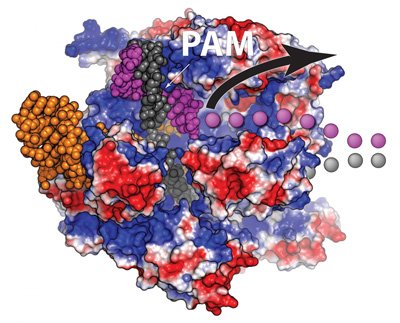UC Berkeley researchers improve CRISPR-Cas9 gene editing technology
Posted: 21 January 2016 | Victoria White | No comments yet
The researchers have announced a major improvement in CRISPR-Cas9 technology that achieves an unprecedented success rate of 60% when replacing a short stretch of DNA with another…


Researchers from UC Berkeley, have announced a major improvement in CRISPR-Cas9 technology that achieves an unprecedented success rate of 60% when replacing a short stretch of DNA with another.
They say improved technique is especially useful when trying to repair genetic mutations that cause hereditary diseases, such as sickle cell disease or severe combined immune deficiency. The technique allows researchers to patch an abnormal section of DNA with the normal sequence and potentially correct the defect and is already working in cell culture to improve ongoing efforts to repair defective genes.
“The exciting thing about CRISPR-Cas9 is the promise of fixing genes in place in our genome, but the efficiency for that can be very low,” said Jacob Corn, scientific director of the Innovative Genomics Initiative (IGI) at UC Berkeley. “If you think of gene editing as a word processor, we know how to cut, but we need a more efficient way to paste and glue a new piece of DNA where we make the cut.”
“In cases where you want to change very small regions of DNA, up to 30 base pairs, this technique would be extremely effective,” said Christopher Richardson, an IGI postdoc.
Richardson invented the new approach after finding that the Cas9 protein, which does the actual DNA cutting, remains attached to the chromosome for up to six hours, long after it has sliced through the double-stranded DNA. Richardson looked closely at the Cas9 protein bound to the two strands of DNA and discovered that while the protein hangs onto three of the cut ends, one of the ends remains free.
When Cas9 cuts DNA, repair systems in the cell can grab a piece of complementary DNA, called a template, to repair the cut. Researchers can add templates containing changes that alter existing sequences in the genome.
Cas9 breaks could be different at a molecular level than those generated by other nucleases
Richardson reasoned that bringing the substitute template directly to the site of the cut would improve the patching efficiency, and constructed a piece of DNA that matches the free DNA end and carries the genetic sequence to be inserted at the other end. The technique worked extremely well, allowing successful repair of a mutation with up to 60% efficiency.
“Our data indicate that Cas9 breaks could be different at a molecular level from breaks generated by other targeted nucleases, such as TALENS and zinc-finger nucleases, which suggests that strategies like the ones we are using can give you more efficient repair of Cas9 breaks,” Richardson said.
The researchers also showed that variants of the Cas9 protein that bind DNA but do not cut also can successfully paste a new DNA sequence at the binding site, possibly by forming a “bubble” structure on the target DNA that also acts to attract the repair template.
Related organisations
UC Berkeley



